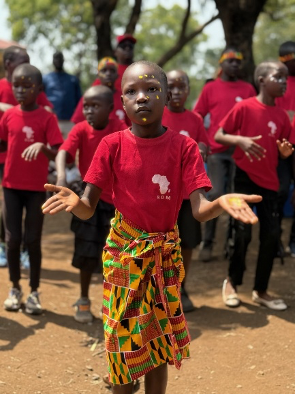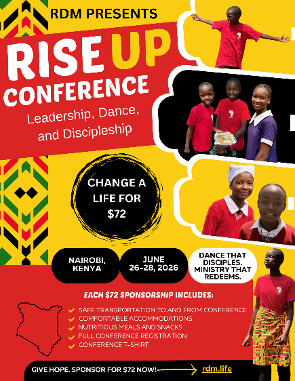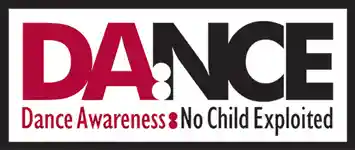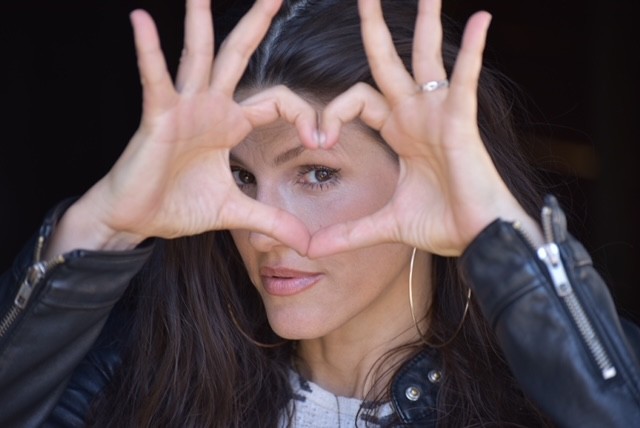Who’s Protecting Our Kids in Dance?
Raising the Standard: Safe Dance for Every Child
Introduction
Unlike industries such as film, sports, and early education — each of which holds child safety as a regulated priority — dance education remains largely unregulated. This lack of oversight leaves a vulnerable population without the same protections afforded elsewhere.
There are no widely adopted standards for what is developmentally appropriate in terms of songs, steps, or costumes for children in dance. As a result, many young dancers are routinely exposed to hypersexualized content long before they are developmentally ready.
It’s not that most dance instructors intend harm. The real problem is more subtle—and systemic.
What Happened in Our Studio
Two weeks before recital, we hit a wall.
A teen class had chosen a song they loved—raw, pulsing, honest. Our music audit should have caught it. But because of a technicality and the class falling on a night when directors weren’t in the studio, the track slipped through. When the final playlist came in, I listened from start to finish. My stomach dropped. There was no way this song—with its adult-coded themes and tone—was going to see our stage.
The dancers had worked hard. They knew we were a faith-forward organization, but they believed they could flip the script—use artistic license to express real teenage angst and valid concerns. Their instructor, deep down, knew it wouldn’t fly but hoped it could be redeemed in context.
Here we go. Tears. Anger. A mass exodus from that class, teens protesting their right to use the song. Personal texts and emails flooded my phone, calling us irresponsible for changing music within two weeks of the show. It became a big deal: parents involved, class sit-downs, group meetings to address concerns. We reiterated our core values and foundational pillars. The piece was ultimately reworked—and it was an absolute hit. They danced beautifully, and it was genuinely impressive to see a new narrative come together so quickly.
But those girls didn’t return to our program. Some within our organization called it pruning; others called it a blessing. I call it heartache. I still ask myself: could this have been avoided?
That painful moment was the catalyst for the resources you will now have access to.
Research: The Risks of Early Exposure
A large body of research connects sexualized media exposure with measurable harms for children and adolescents:
- American Psychological Association Task Force (2007): Found pervasive sexualization in media and marketing is harmful to children and adolescents (self-objectification, body image concerns, and mental-health correlates).[1]
- RAND / Chandra et al., Pediatrics (2008): Teens highly exposed to TV sexual content were nearly twice as likely to experience a pregnancy within three years compared to low-exposure peers.[2]
- L’Engle et al., Journal of Adolescent Health (2006): Identified mass media (TV, music, movies, magazines) as a significant context for adolescents’ sexual intentions and behaviors.[3]
- Primack & Martino studies: Linked exposure to degrading sexual references in music with earlier sexual activity.[4]
Neurodevelopmental impact
- American Academy of Pediatrics (AAP, 2016): Notes that exposure to sexually explicit media “can interfere with normal sexual development” and increase risk-taking behaviors.[5]
- Brown & Halpern, Adolescent Brain Development (2017): Adolescents’ prefrontal cortex—responsible for judgment and impulse control—is not fully developed until the mid-20s, leaving them neurologically unequipped to process sexually charged messages.[6]
Trafficking and exploitation risks
- U.S. Department of Justice & Shared Hope International: Both identify early hypersexualization as a factor that increases vulnerability to grooming and exploitation.[7]
- National Center on Sexual Exploitation (NCOSE, 2020): Reported that sexualizing children in entertainment contexts creates fertile ground for predators and traffickers.[8]
In short: early exposure reshapes body image, accelerates sexual behavior, interferes with neurological development, and increases vulnerability to exploitation.
And here’s the critical point: dance classrooms often deliver those same themes through songs, movement, and costuming—even when screens are off.
Dance Is the Outlier on Child-Safety Guardrails
Other child-facing sectors offer shared standards:
- Film/TV: MPA ratings and TV Parental Guidelines provide age guidance and content descriptors.
- Video Games: ESRB labels content and interactive elements.
- Youth Sports: The U.S. Center for SafeSport’s MAAPP sets required boundaries for adult–minor interactions across the Olympic movement.
In dance education, national documents such as the National Core Arts Standards outline artistic learning goals—but not content-safety rules for songs, movement, or attire. There is no enforceable safety framework broadly adopted by studios.
Dance is behind. And children are paying the cost.
You Don’t Have to Wait for National Policy
Change can start now, no matter your role.
If you’re a parent: You don’t need special training to make a difference. Ask your studio three quick questions—What’s your lyrics policy? Who approves of choreography for age fit? How are costumes vetted for coverage and function? If the answers aren’t clear, it’s time to start the conversation.
If you’re an instructor: You set the tone in every class. Before teaching, read the full lyrics. Would you read them aloud to parents and kids without hesitation? Could you explain each movement in plain language? If not, choose differently.
If you lead a program or studio: Your role is to turn those questions into culture. That means written policies, consistent reviews and audits, and visible commitments families can trust.
And here’s the good news: you don’t have to build this from scratch.
- Our free Code of Ethics framework gives every program a baseline for safe content and conduct decisions.
- Safe Dance Certification equips directors, instructors, and staff with training and policies that put intention into action.
- RDM’s Resource Hub offers practical tools — checklists, best practices, and accountability systems — ready to download today.
This isn’t someday. This is now.
You can step into the season equipped with solutions that amplify your impact and strengthen your brand— turning small choices into powerful change that echoes through every class and performance.
Join the Larger Movement
Other industries advanced by joining forces: pediatric medicine, early childhood education, youth sports. Leaders shared insights and raised the bar together.
Dance should be no different.
We can’t do this work alone. Lasting change will come as studios, parents, educators, and advocates align practical standards, tools, and accountability.
There’s an African proverb that says, “If you want to go fast, go alone. If you want to go far, go together.”
Let’s go far together — for our children, their safety, and the preservation of the dance industry we love.
Conversations are already beginning among leaders committed to elevating safety in dance. Bookmark our events page at rdm.life for information on LevelUp Summits, both in-person and virtual, to be held soon. These shared spaces — where diverse voices gather for the sake of children — will become the catalyst for change our industry needs.
Reclaiming What’s Truly Excellent
Dance builds confidence, cultivates artistry, and creates joy. Let’s keep those gains — and stop exposing our children to unnecessary risk for the sake of chasing the newest trend or trophy. Our kids matter more than the applause of the audience or the approval of the judges.
And about the basics: too often, “getting back to the basics” is treated as negative — like it means we’re not progressing fast enough, or we’re somehow behind our peers. But every experienced dancer knows the truth. The basics aren’t a step backward. They are the mark of mastery. Clean lines, graceful transitions, and controlled technique in the basics don’t diminish artistry, they elevate it. They command respect and reveal professionalism.
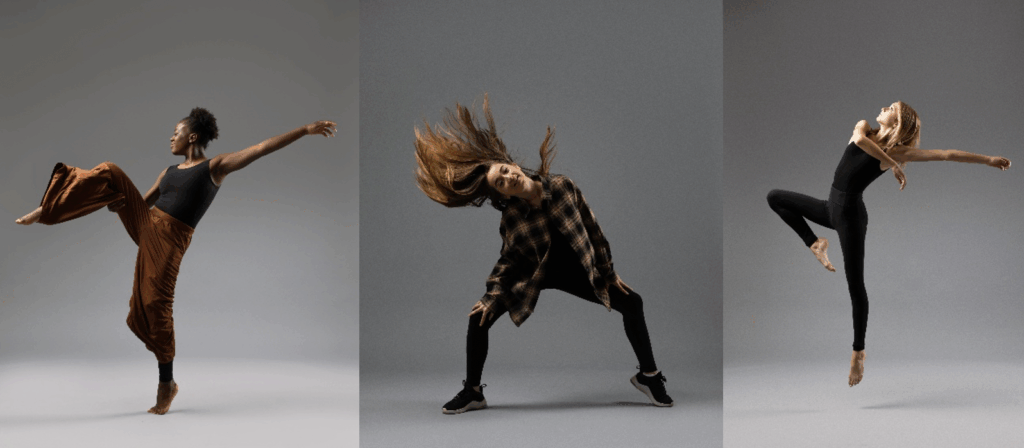
We don’t need to imitate every viral trend or edgy move that puts children in harm’s way. Instead, we can reclaim the fundamentals — the timeless elements of beauty, discipline, and creative exploration — and make them the standard worth celebrating on our stages.
The legacy we leave in dance is not just technique; it’s the messages we normalize. Let’s choose a legacy that celebrates childhood, safeguards development, and elevates the art form.
This is not about pointing fingers. It’s about raising standards.
Together, let’s lead the way.
—
Heather Johnson
Founder & Global Director, Redemptive Dance Ministries
RDM.life • info@rdm.life • 720-819-5747
Endnotes
1. APA Task Force Report on the Sexualization of Girls (2007). https://www.apa.org/pi/women/programs/girls/report-full.pdf2. Chandra, A., et al. (2008). Pediatrics: “Exposure to sexual content on television and teen pregnancy.”https://pubmed.ncbi.nlm.nih.gov/18977986/3. L’Engle, K. L., Brown, J. D., & Kenneavy, K. (2006). Journal of Adolescent Health: “The mass media are an important context for adolescents’ sexual behavior.”https://pubmed.ncbi.nlm.nih.gov/16488814/4a. Martino, S. C., et al. (2006). Journal of Adolescent Health: “Exposure to degrading vs. non-degrading sexual lyrics…”https://pubmed.ncbi.nlm.nih.gov/16882784/4b. Primack, B. A., et al. (2008). Public Health Reports: “Degrading and Non-Degrading Sex in Popular Music.”https://pmc.ncbi.nlm.nih.gov/articles/PMC2496932/5. American Academy of Pediatrics (2010). Policy Statement—“Sexuality, Contraception, and the Media.”https://pubmed.ncbi.nlm.nih.gov/20805150/6. Steinberg, L. (2008). Developmental Review: “A social neuroscience perspective on adolescent risk-taking.”https://pmc.ncbi.nlm.nih.gov/articles/PMC2396566/7. National Academies (Institute of Medicine/NRC) (2013). Confronting Commercial Sexual Exploitation and Sex Trafficking of Minors in the United States.https://ojjdp.ojp.gov/sites/g/files/xyckuh176/files/pubs/243838.pdf8. National Center for Missing & Exploited Children (NCMEC). CyberTipline / Online enticement trends. Overview:https://www.missingkids.org/gethelpnow/cybertipline | 2020 Trend article:https://www.missingkids.org/blog/2021/rise-in-online-enticement-and-other-trends–ncmec-releases-2020-
—
Heather Johnson is the Founder and Global Director of Redemptive Dance Ministries, a nonprofit established in 2012. With more than 30 years of experience as a professional dancer and instructor, she equips leaders to create safe and age-appropriate dance environments. She also serves as the Strategic Communications Manager at Colorado Christian University. Heather lives in Denver, Colorado, with her husband and four children, and is passionate about raising industry standards, protecting children, and celebrating the joy and artistry of dance.
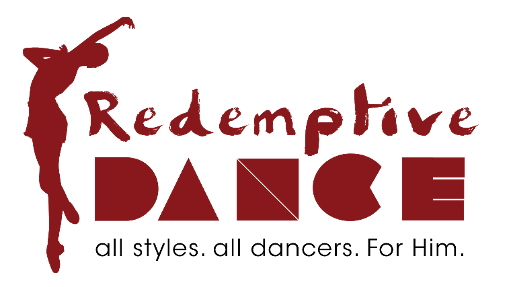
We invite you to learn more about the upcoming Rise Up Conference in June 2026 in Nairobi, Kenya, hosted by Redemptive Dance Foundation. This gathering is designed to equip leaders to successfully start or continue running safe and effective dance programs, while also providing a weekend of sharing the art of dance together — across styles, ages, and cultures.
